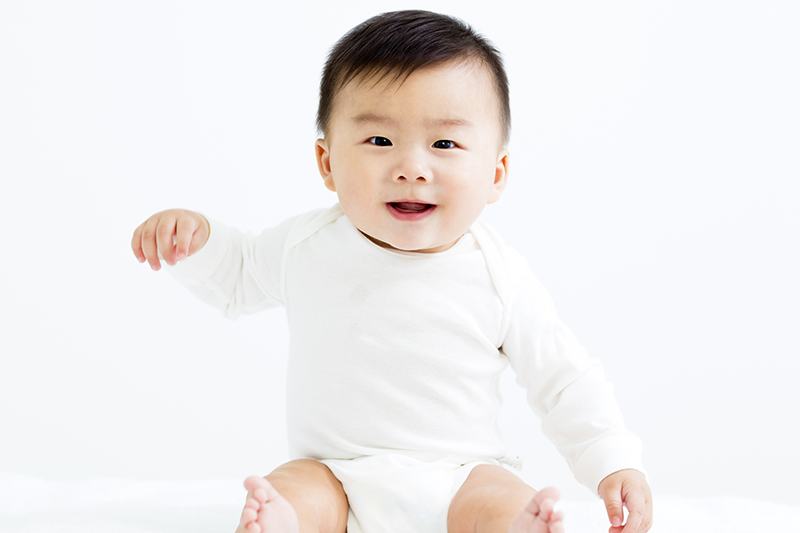Families For Life | Reading Baby Body Language-Newborn

If you watch what your baby does, it’ll help you understand baby body language and other baby cues. Then you can respond in a way that meets your baby’s needs.
About baby cues and baby body language
Babies might not use words to say what they want, but they certainly have their own way of telling you what’s going on.
As newborns, they cry – sometimes a lot! A couple of months in, babies start smiling and laughing. From about five months, babies might start to chatter and babble.
As well as all this, babies speak with their bodies – for example, squirming or pointing.
You’ll soon start to recognise your baby’s cues, know her different kinds of crying and understand her body language.
Understanding and responding to baby body language and other cues
If you look at all the parts of your baby’s body, you can see that his feet kick, his hands clasp and the expression on his face changes all the time. Your baby’s body language gives you important cues to how he’s feeling and what he needs from you.
For example, noticing how your baby moves when she’s distressed helps you get to know what makes her upset or uncomfortable. She might squirm and move a lot if the sun is in her eyes, jerk her arms and legs suddenly if she’s startled, or even cry if there’s a loud noise.
You can also see what calms your baby by watching how your baby responds to you. For example, your baby might look relaxed when you smile at him, or sing and talk to him.
As your baby starts to smile at you, it’s good to return her smiles as much as you can. Smiling helps your baby feel safe and loved and even boosts her brain development.
When you notice your baby’s body language and respond to it, he’ll feel more secure. This helps you to build a strong relationship. A warm and loving relationship with you is one of the foundations of your baby’s development.
Recognising baby’s feelings from baby cues
Your baby’s body language tells you whether she’s wide awake and ready to play, uncomfortable, fussy, hungry or at different stages of sleep. Eventually you’ll get to know these different baby cues and what they tell you about your baby’s feelings. This helps you predict your baby’s patterns.
The way you respond to your baby’s cues – for example, whether you put baby to sleep when he’s showing tired signs, or offer a feed when he’s showing feeding cues – can help settle baby into a routine. It’s easier to build a routine if you do things in the same way most days.
Communicating with baby
When babies are alert, they’re more interested in communicating.
When your baby shows signs that she’s ready to communicate and play, you can talk to your baby quietly and rhythmically and use lots of facial expressions.
Even before your baby learns to talk, he’ll experiment with sounds – anything that can get a response! This includes sneezing, coughing, gagging and squealing. Later, vowel sounds begin. These noises are attempts to get your attention. The way you respond, however silly, will help your baby learn to communicate.
It’s worth remembering that children differ in how much they communicate. Children with more outgoing personalities might be more vocal than those who are quieter and slower to warm up.
All the time your baby is reading your face and watching what you’re doing too. She’s getting used to the idea that when she communicates with you, you communicate back to her. By communicating back and forth with your baby like this, you’re also creating and sharing experiences together, which strengthens your relationship with your child.
© raisingchildren.net.au, translated and adapted with permission
Explore more